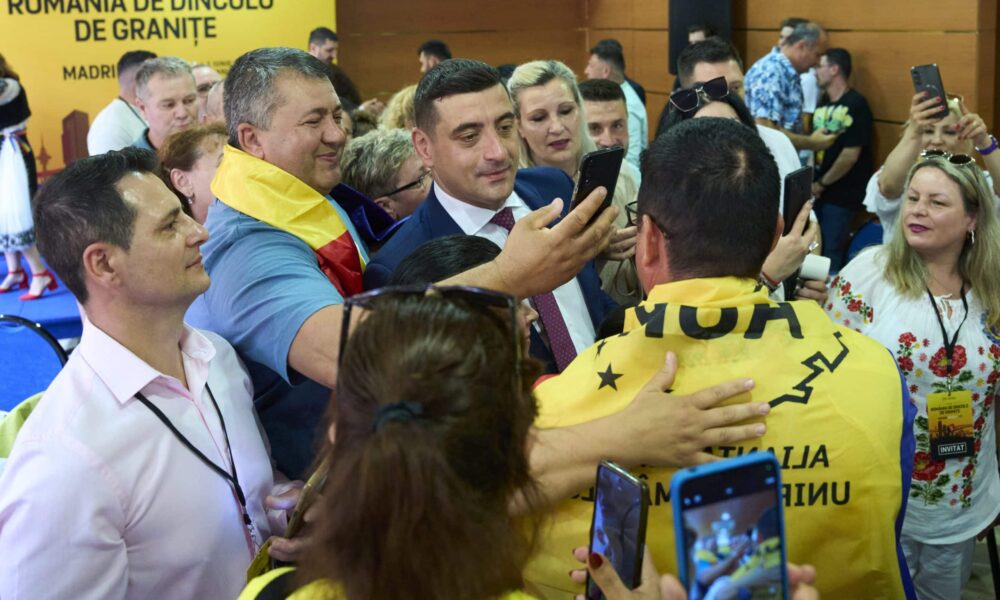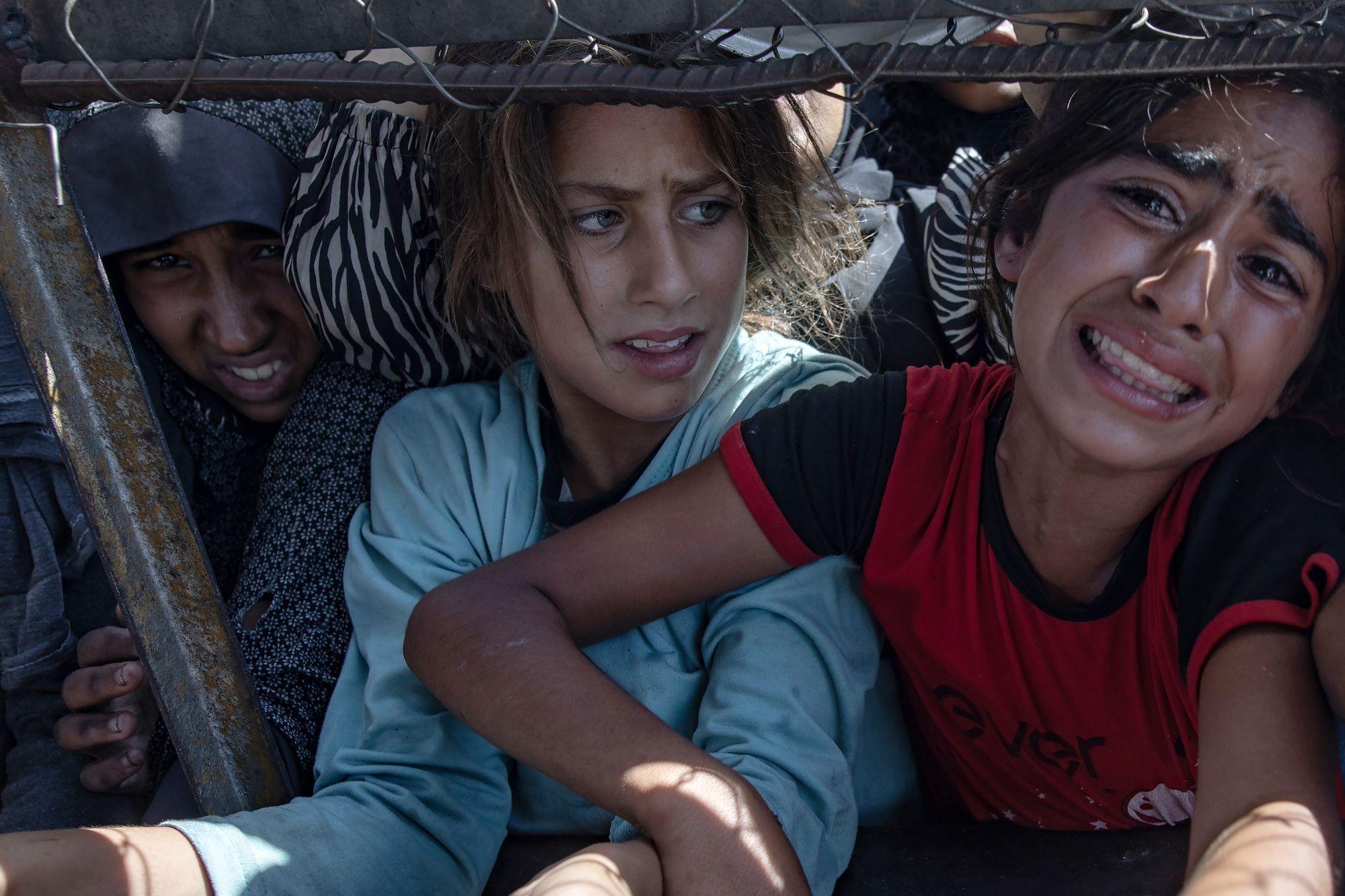How to Teach Religion at School: Wales’s example

The comment is from her Facebook account. The title is on Diary.
In Wales since 2022, schools have been applying the new Curriculum for Wales frame, which provides each school with a large autonomy in the development of its own curriculum, tailored to the needs of students and the local community.
I have written many times, I will not dwell on the framework program itself. I will only mention that the basic requirement is the school curriculum to support the development of students by achieving four interconnected goals:
(1) To become purposeful and capable learners who show curiosity and motivation and are ready to learn throughout their lives;
(2) To be enterprising and creative participants who contribute fully to life and work through creativity, initiative and teamwork;
(3) To be built as ethical and informed citizens of Wales and the world, who know and respect the rights of others, evaluate cultural diversity and show social responsibility;
(4) To form as healthy and confident personalities who have good physical and emotional well -being, stability and willingness to lead a fulfilling life as valued members of society.
In Wales, the study of religious beliefs and non -religious views in one form or another is a must -have part of the subject area « Humanities ». Parents have no right to refuse to study such topics, but have every right to make an informed school choice, which offers the right program and way of studying this topic. It is also important to note that the curriculum must reflect both religious beliefs, so obligatory and non -religious views, in a way that creates a balanced educational environment.
The Education Minister: Bulgarian education is secular and will remain so
In fact, many schools in Wales are funded by the church. Often they are also among the best schools in some areas. I looked at their programs in detail while choosing a school for my daughter. In practice, in any of these schools, religion is not studied in the way it has been studied in Bulgaria so far or, as far as I have oriented in the vague idea and pedagogical possibilities, it would be studied.
Here is a specific example of the program of such an arbitrary Protestant school. The mission of the school in question is « to serve the local community by providing exceptional learning opportunities based on Christian values. » The announced goals of the school are to encourage the development of confident, ethical and compassionate personalities through values such as generosity, courage, friendship, respect, trust, justice, compassion, forgiveness, gratitude, perseverance, service and integrity.
Essentially about the curriculum
Instead of breaking the educational content of isolated objects such as mathematics, history or English, the school organizes knowledge and skills around three main life directions that are natural for children and reflect the real way the world works.
(1) referral A: People – understanding of human experience and relationships
The first direction focuses on the social and interpersonal dimension of human experience. It examines the fundamental question: « How do people live together and how do they interact? » More specifically:
- It focuses on understanding people relationships.
- It explores how human actions shape the world.
- It develops understanding how people perceive and respond to their experiences.
- Encourages the evaluation of diversity in society.
The subject religion will educate in honesty and tolerance: parents ask who will write the programs
For example, when studying the topic « leaders » in the 5th grade, students can simultaneously:
- to explore historical leaders and their impact (history);
- to analyze the qualities of good leaders (personal development);
- to write convincing speeches (language skills);
- to create graphic presentations of leadership qualities (art and design);
- Organize a group project requiring leadership skills (practical application).
(2) referral B: places – interaction with the physical and cultural world
This direction examines the connection of people with physical spaces – from the immediate environment to the global world. It is deeply related to the Welsh concept « Cynefin », which means a sense of place, belonging and a historical connection with a particular territory.
The youngest children start with the immediate environment through the theme « The Great Outside » where they explore the natural world around them. With age, the content is expanding geographically and conceptually, including « habitat in Wales », « changing places » and finally – « discovery ».
For example, working on topic such as « changing places » in 4th grade, students can:
- to study geographical changes in the local region (geography);
- to explore the historical development of their city (history);
- to calculate, provide and visualize changes in the population (mathematics and ICT);
- Design sustainable development solutions (science and design);
- Discuss the ethical aspects of change (ethics and civic education).
(3) referral in: well -being – development of healthy, balanced personalities
The third direction focuses on the personal, emotional and physical development of children. It acknowledges the fact that education must take care of the whole person, not just academic achievements. Here is an example of how this happens: When working on a topic such as « Respect » in 5th grade, students:
- study human rights (civil rights);
- examine how different cultures express respect (cultural understanding);
- analyze biographies of rights defenders (literature);
- participate in practical activities demonstrating respect (social skills);
- They develop emotional intelligence by recognizing the perspectives of others (emotional development).
How do these directions integrate into practice
Teachers do not teach isolated lessons in individual subjects, and instead, training is organized around authentic tasks and projects that naturally unite different fields of knowledge. Students can work on a project to organize a charity event that requires them to explore a cause (social sciences), write convincing materials (linguistic skills), plan a budget (mathematics), create advertising materials (art and technologies) and develop leadership and team skills in the process.
Sanctioning measures shift the focus of real problems in education
It is important to note that despite this integration, teachers carefully monitor progress in all key skills and fields of knowledge to ensure that students develop a solid foundation in all aspects of the curriculum.
Religion, values and ethics
Now on the topic of studying religion in this particular Protestant school (but the approach of everyone else is about it). The curriculum described above also envisages training under the Module « Religion, Values and Ethics » (Rve), which is designed to meet the requirements of the National Wales Curriculum and the Christian character of the school. In practice, this module is fully integrated naturally into the broader topics and contexts of training, which I described above instead of presenting it as an isolated object.
Here’s how it works:
1. In a referral A – people
The perspective of « religion, values and ethics » is included in the following way:
The journey of life – explores what people experience as part of the journey of life and how these experiences are noted and comprehended.
Authority and influence – one looks at how and why different types of authority affect people’s lives.
- Meaning, purpose and influence.
- Life stages and events.
- Physical and spiritual journey.
- What forms the identity of people.
- The contribution of communities and the value of diversity.
- The importance of place, time and relationships.
For example, when students study the topic « leaders » in the 5th grade, the Rve component may include the study of religious leaders of different traditions, the role of spiritual leadership and how religious concepts of authority form moral values.
2. In Direction B – places
The prospect of « religion, values and ethics » is included:
Identity and belonging – students explore what makes us as we are as people, communities and citizens living in a diverse world.
The natural world and living beings – look at how and why people show concern and responsibility to the world and experience awe and astonishment in nature.
- What people value.
- Beliefs, actions and consequences.
- Decision making.
- Care, concern and respect.
- Awe and wonder.
- Responsibility and action.
- Feeling of space and space.
For example, when learning a topic such as « changing places » in 4th grade Rve, the dimension may include consideration of sacred places in different religions, how they change over time, and what the importance of those places for believers and for local communities.
3. In the C – Welfare
The perspective of « religion, values and ethics » is aimed at:
Relationships and Responsibility – Students examine how people live together and why developing a healthy relationship is important.
Searching for meaning and purpose – they look at how people answer the deeper questions of life to understand the human state.
- Authorities and influences.
- Experiences and interpretations.
- Elections and actions.
- The deeper questions of life.
- Influence, continuity and change.
- Human pursuits and contributions.
Here is a specific example of how this happens in practice: in the context of « Respect » in 5th grade, Rve elements may include a study of religious concepts of dignity and respect for others, comparing the « golden rule » in various religious and ethical traditions, or consideration of religious perspectives on issues such as social justice.
In practical terms, training in « Religion, Values and Ethics » is not organized as certain hours in the weekly program. Instead, elements of religious education and ethical reflection are integrated into daily activities and wider topics.
Here are some practical examples:
Integrated projects where religious and ethical aspects are seen as part of broader research. For example, when studying the topic « Defenders » in the 3rd grade, students can explore how different religious figures have defended their beliefs or have advocated for social justice.
Visits to various places of worship, including churches, mosques, synagogues and temples, which allows students to survive different religious spaces and meet with representatives of different religions.
Innovative pedagogical approaches (such as philosophy for children) who encourage students to ask deep questions and develop critical thinking on spiritual and ethical issues.
Participation of the local community, including visiting speakers from various religious traditions and joint projects with local religious organizations.
I think it is clear how different this approach is, including the practical implementation of religious and ethical education within the contemporary educational paradigm, oriented to the future. The point is that the path to such a transformation requires a deep change in thinking about the purposes of education and nature of learning, a clear vision, a deep structural reform and the construction of huge capacity at all levels of the system. And we are wasting our time with vague structures and artificial debate, which dangerously divides society and waste the chances of meaningful progress.










